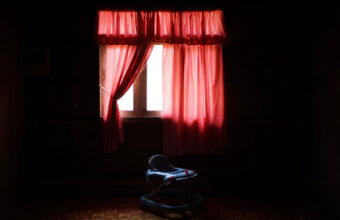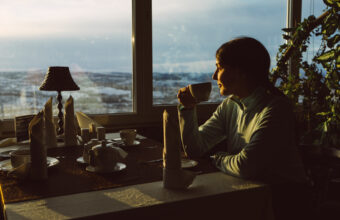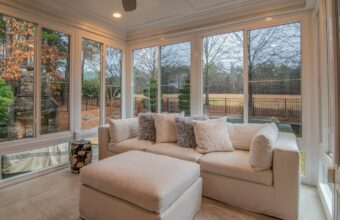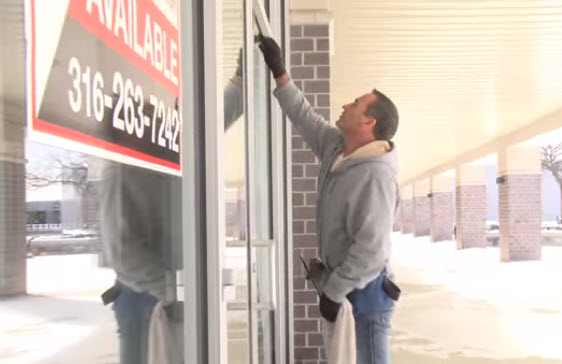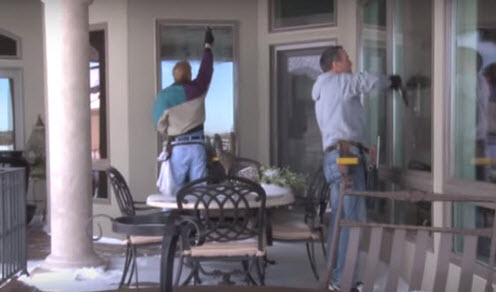The effectiveness of privacy film, particularly one-way mirror film, in providing privacy is highly dependent on the lighting conditions inside and outside the building. While these films are quite effective during the day, their performance at night under typical interior lighting conditions is a common concern. Here’s a detailed look into how privacy film works and the considerations for maintaining privacy at night.
How One-Way Mirror Privacy Film Works
- Daytime Privacy – During the day, one-way mirror privacy film works on the principle of light reflectivity and differential. The film is designed to reflect the brighter light, which, during the day, is typically the sunlight outside. This reflection gives the exterior of the window a mirror-like appearance, preventing people outside from seeing into the building while allowing those inside to see out relatively clearly.
- UV and Heat Reduction – Besides privacy, these films can block harmful UV rays and reduce solar heat gain, contributing to a more comfortable and energy-efficient interior environment.
Challenges at Night
- Reversal of Light Conditions – At night, the light differential that the privacy film relies on reverses. Interior lighting makes the inside of the building brighter than the outdoor environment. This reversal diminishes the film’s reflective properties on the outside, making the interior visible from the outside.
- Visibility from Inside – Similarly, the reflective property that allows clear visibility from inside during the day can also impair the ability to see outside at night, as the film reflects interior light into the room.
Solutions for Nighttime Privacy
- Supplemental Window Treatments – To ensure privacy at night, many homeowners and businesses use curtains, blinds, or drapes in conjunction with one-way mirror film. These can be closed during nighttime to block visibility from the outside.
- Strategic Lighting – Adjusting exterior and interior lighting can help to some extent. For instance, increasing exterior lighting can reduce the visibility contrast, although it’s challenging to achieve effective privacy this way.
- Alternative Films – For 24/7 privacy, consider using frosted, opaque, or patterned privacy films instead. These films scatter light in such a way that it’s difficult to see through the window from either side, regardless of the time of day or lighting conditions, while still allowing light to pass through.
Installation and Considerations
- Professional Installation – For best results, especially with larger windows or for a more professional appearance, consider hiring a professional to install the privacy film. They can ensure that the film is applied smoothly, without bubbles or creases, and trimmed precisely to fit the window.
- Durability and Maintenance – High-quality privacy films are designed to be durable and low maintenance. They can last several years when properly installed and cared for. Cleaning with a soft cloth and a mild detergent solution will help maintain their appearance and functionality.
In conclusion, while a one-way mirror privacy film offers an excellent solution for daytime privacy and solar control, its limitations at night require additional measures for complete privacy. Understanding these limitations and planning accordingly with supplemental window treatments or alternative film types can ensure that privacy needs are met around the clock.


